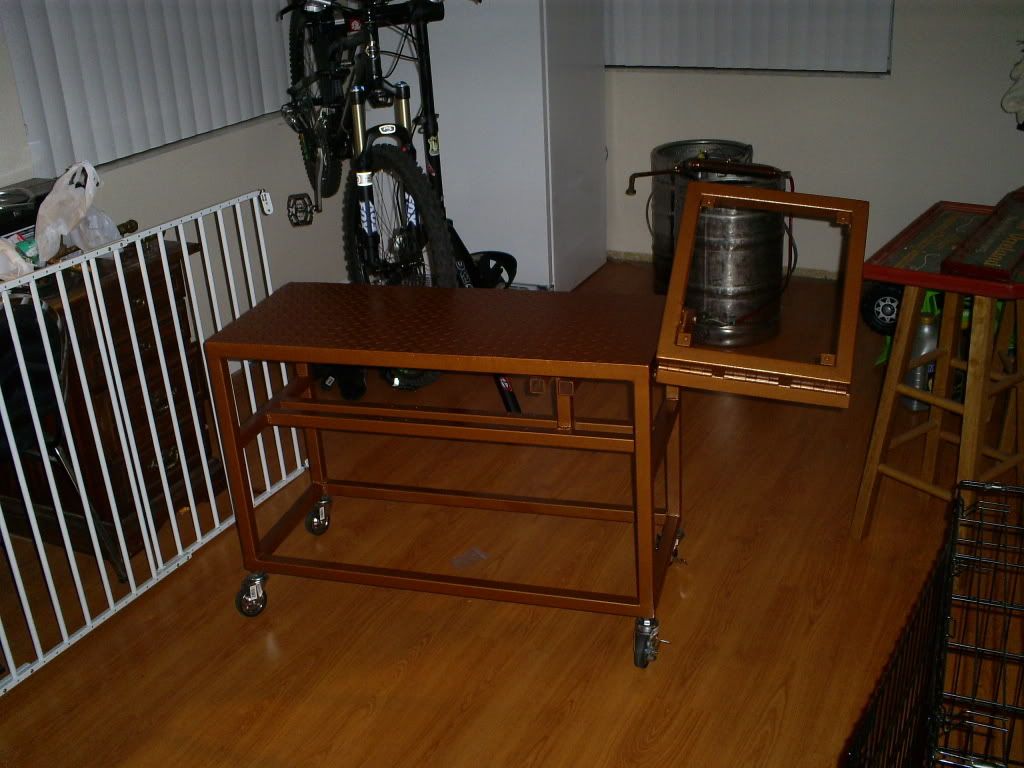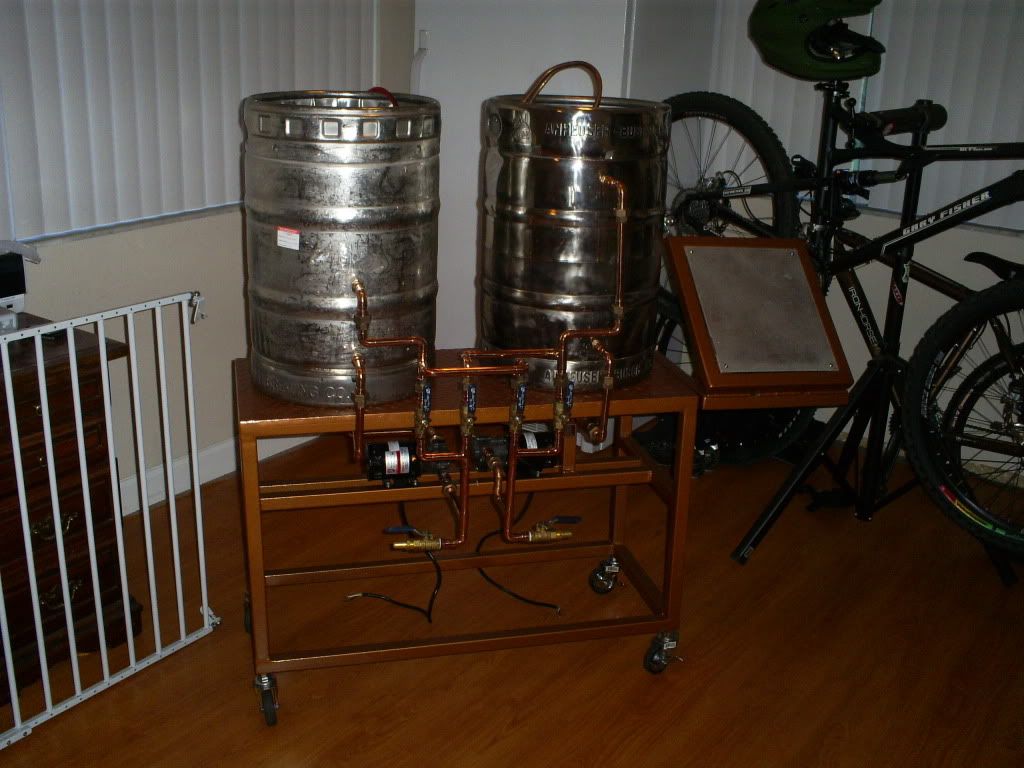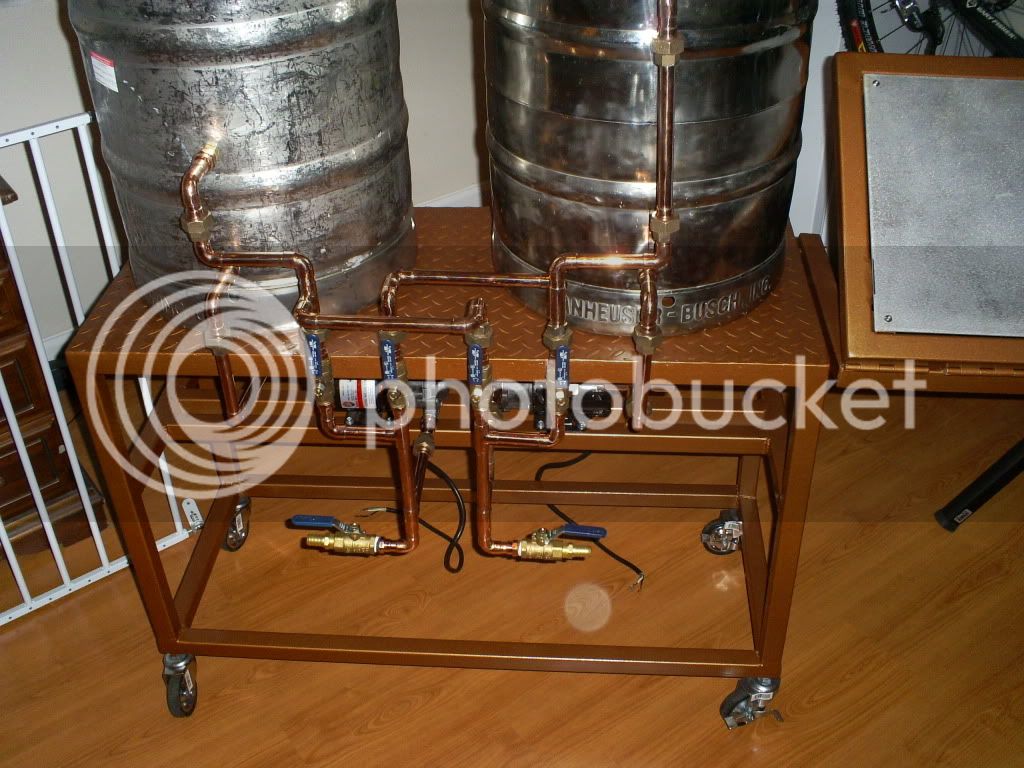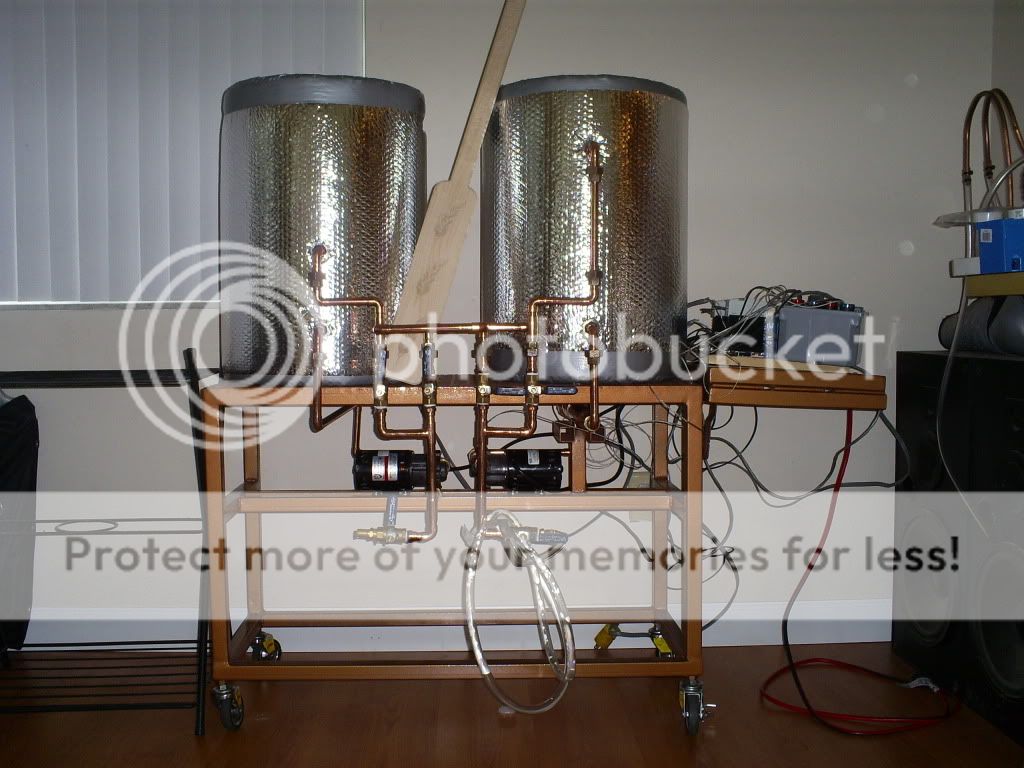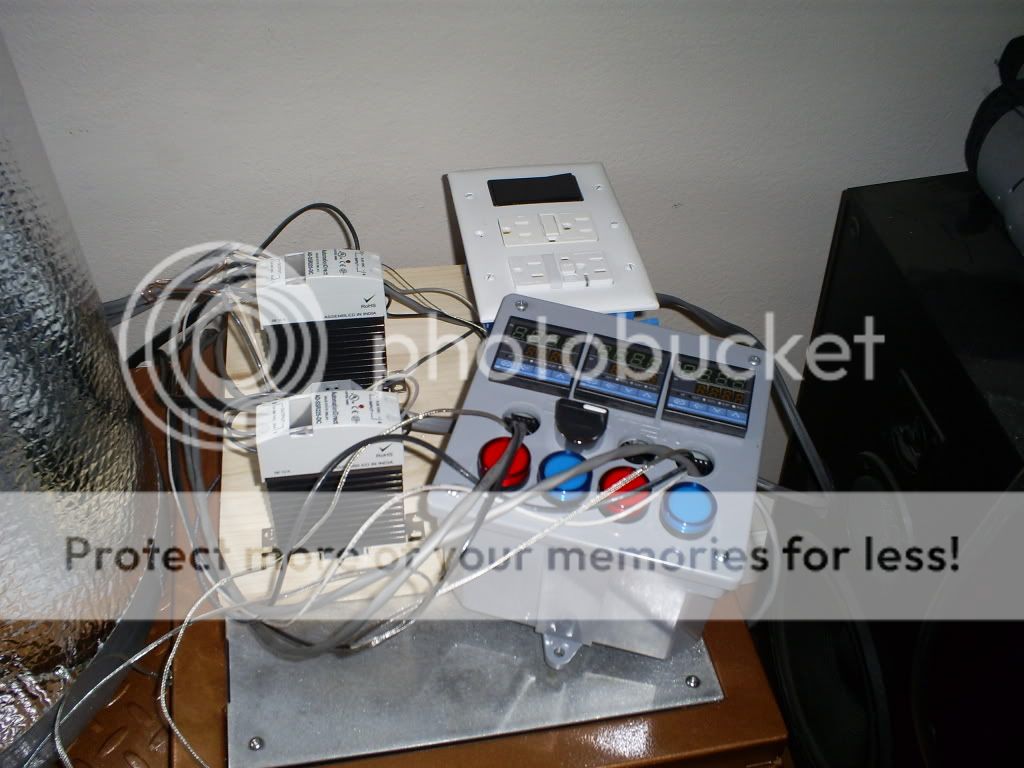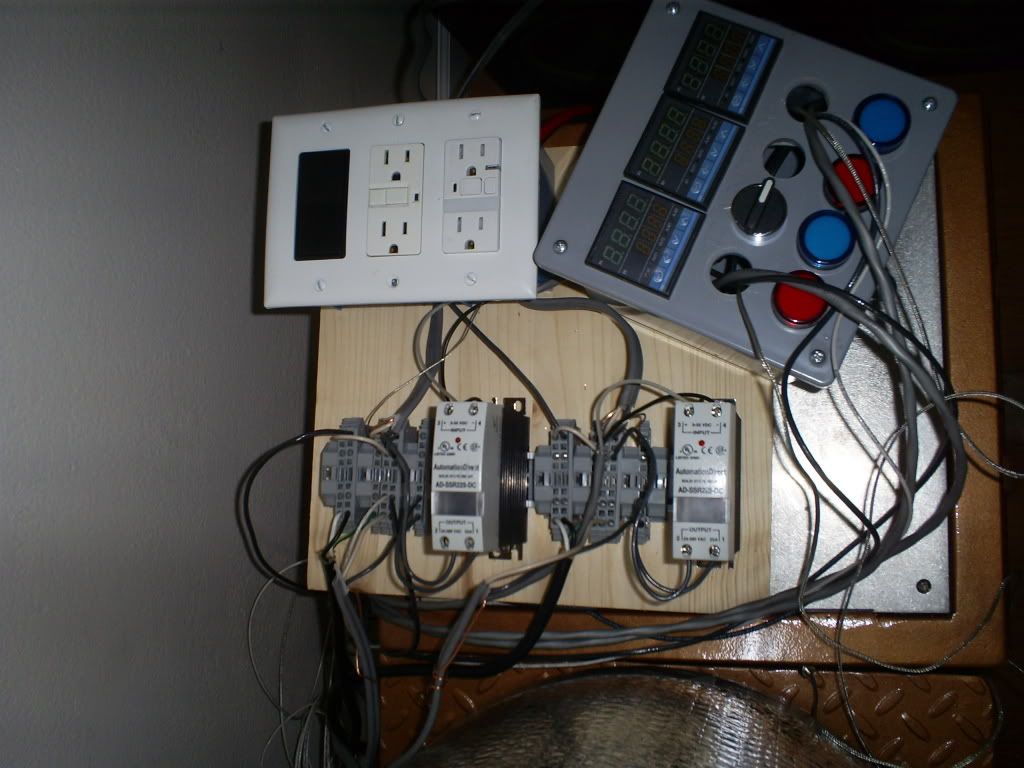Some initial testing showed that getting the mash and boil tuns up in temp took a tremendous amount of time. Granted, the boil kettle is running at 1/4 power it took hours to achieve a pitiful boil. Putting a lid over the top made a marked improvement, same could be said for the mash tun.
I purchased a 4'x25" of reflectix insulation and wrapped the tuns twice on the sides and bottom. It isn't as nice as polished stainless but it saves a lot of energy, so vanity looses this time. Maybe I will have them rhino lined down the road. After wrapping and using the reflectix for a lid the mash tun performed superbly. From 100 deg tap water to 155 in about an hour. Then from 155 to 165 in 20 minutes. I am pretty happy with it. The only concer I have is that around 155 deg the march pump lost it's prime and temps dropped fast. I think the HEX blew some steam through it and it stuck. turned the pump off and opened the valve some more and it was happy.
The PID controllers came in and I am not happy with them. They serve their purpose but there is much to be desired. I've used RTKs before and saw CD101's on ebay and bought 3. 1 for the boil kettle, 1 for the heat exchanger output, and one to monitor mash tun temps. It was actually cheaper to get a third PID than a panel meter for the thermocouple.
Any how, the PID instructions are horrid. Probably one of the best specimens of engrish. It would have been a good laugh if it wasn't so frustrating. Any how, the instructions from RTK's website for the CB100 series explains everything. Finally they read in Fahrenheit versus Celsius.
Their output is Pulsed and not PWM, there is no manual setting either, but they do achieve the setpoint and maintain it.
I do have a real issue with them though, when you set the PID to Stop it still tturns the control output on and off. Not cool at all. So when draining the kettle I must change the setpoints to 0 to keep from dry firing the elements. Not happy about this at all. So, I am going to buy 2 Auber PIDs as soon as my budget permits it. These are usable and function, Im just not happy. Ill probably put them in the classifieds for dirt cheap. They will work great for a cooling chamber though. As the second output is a relay and turns on for cooling.
The HOAs I bought off of ebay were JUUUUUUNK. The cheap 22mm three positioned maintained switches with the metallic looking base are made out of paper thin crap metal. Look at them wrong and they shatter into useless heaps. Avoid at all cost and buy from automation direct. Of the four switches I bought, all broke but the 4th was still quasi usable.
The only thing I am happy with from ebay are the 22mm led panel indicators. They are bright and serve their purpose well.
Here is everything in the test configuration.
I am going to run a dedicated 240v from the dryer outlet with a 30 amp gfci for the boil kettle element. Everything else 110 will use a wall outlet with gfci protection. Really wanted to use a single 240v 3+1 drop but I have to run 100 feet of new cable to the range and then another 30 feet to the brewery. Not down with the expense or attic crawl right now. Looks like I may be breaking this puppy in and popping my AG cherry on some Ed Worts Haus Pale Ale next week after finals. /crosses fingers.
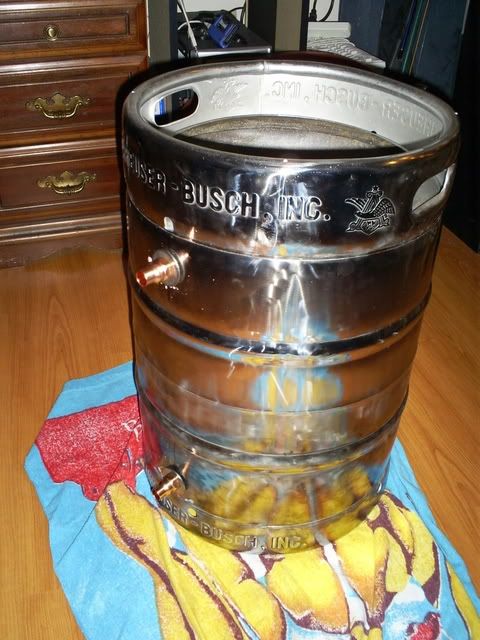
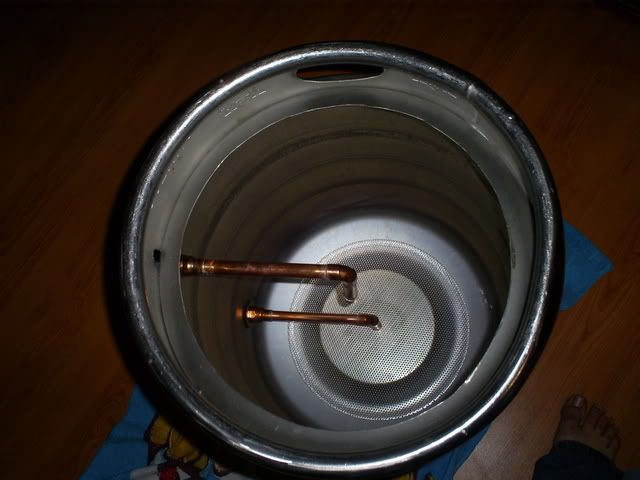
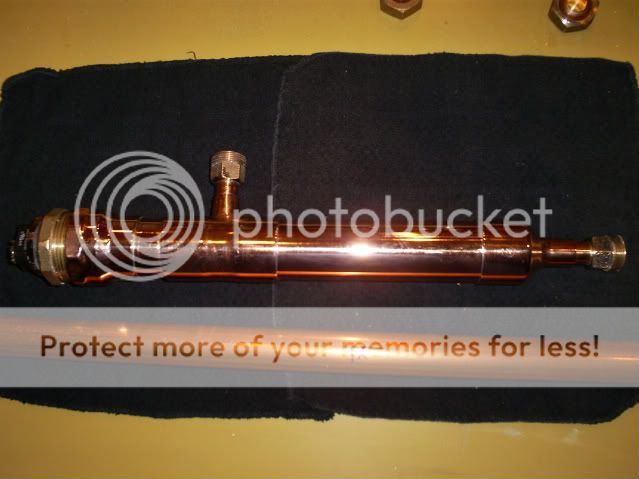
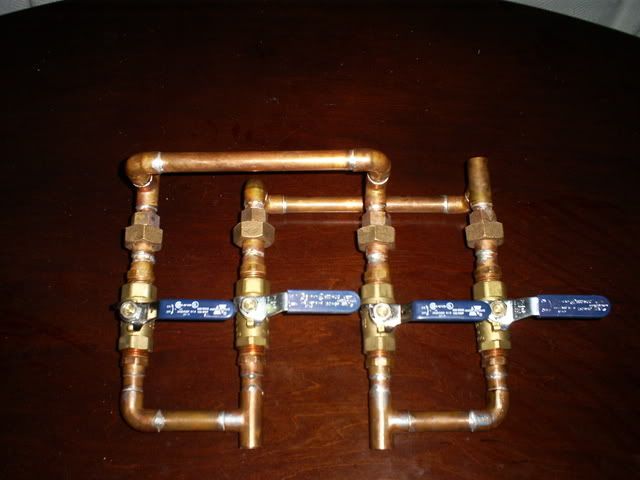






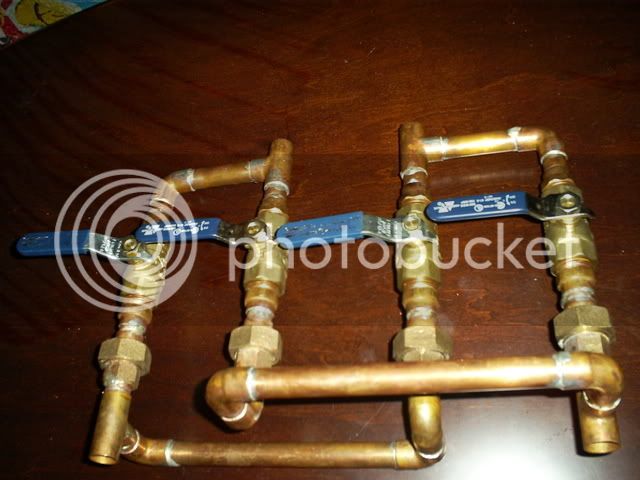


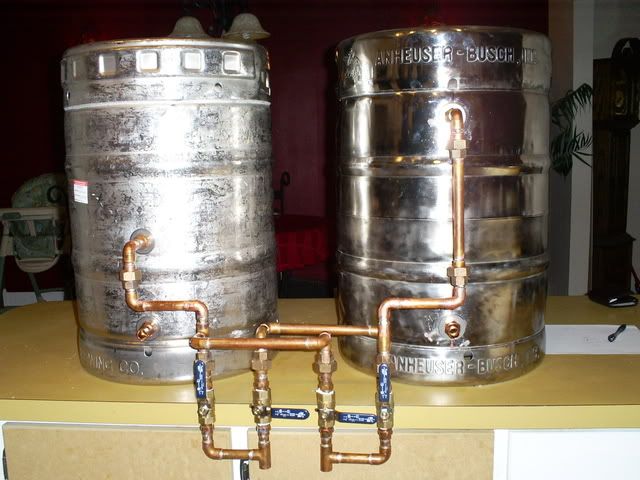
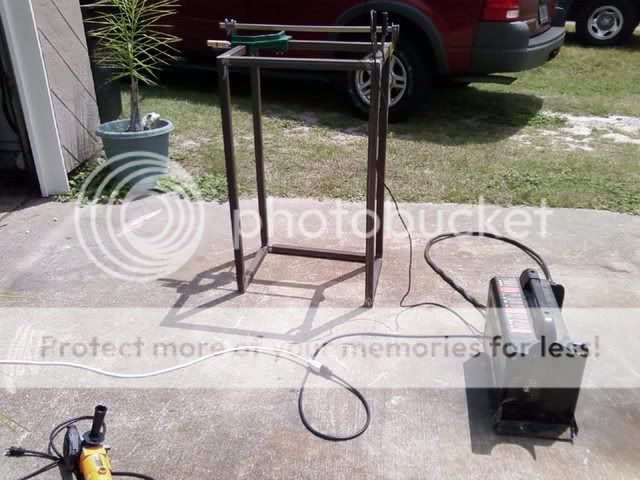
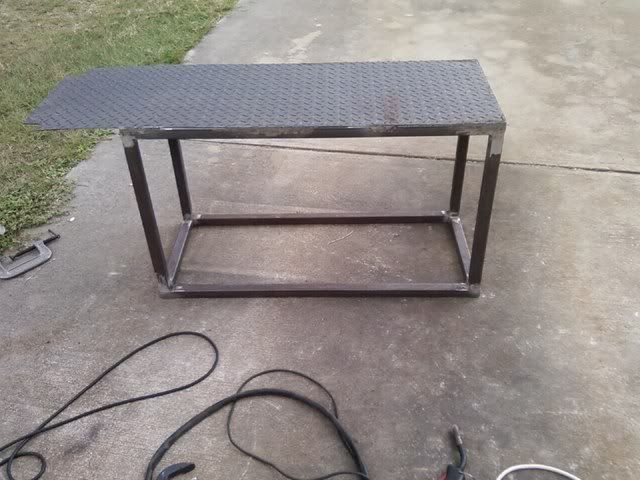
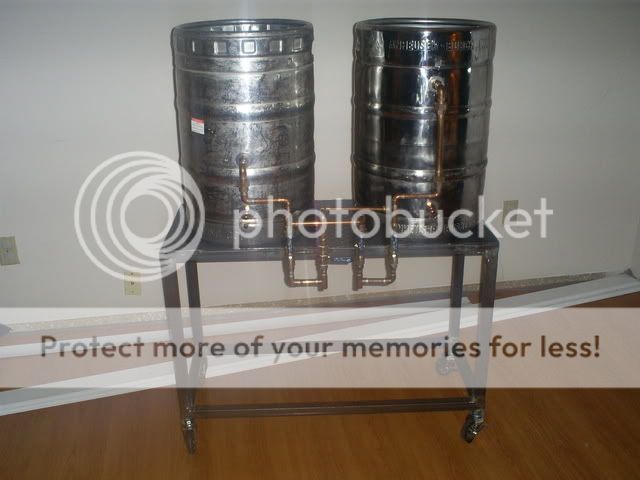
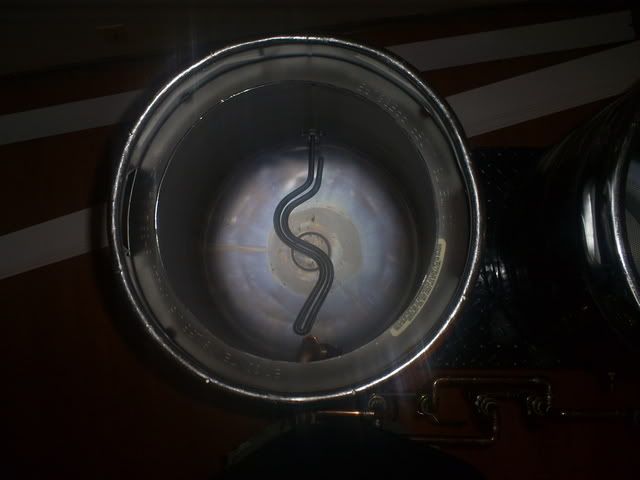
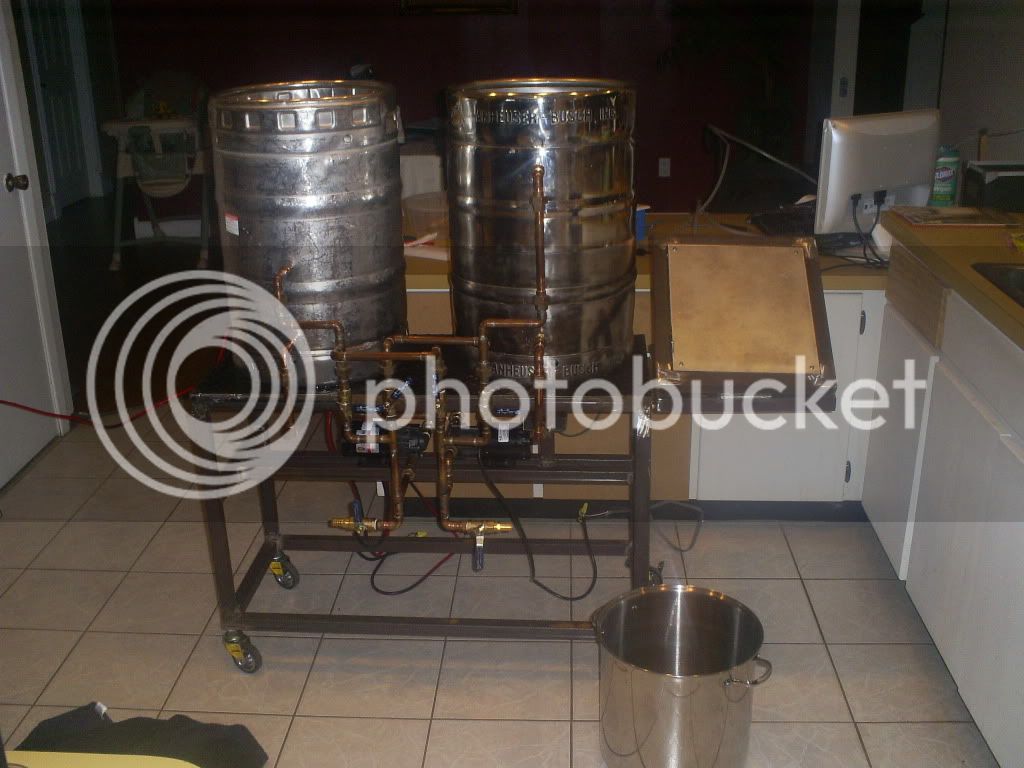
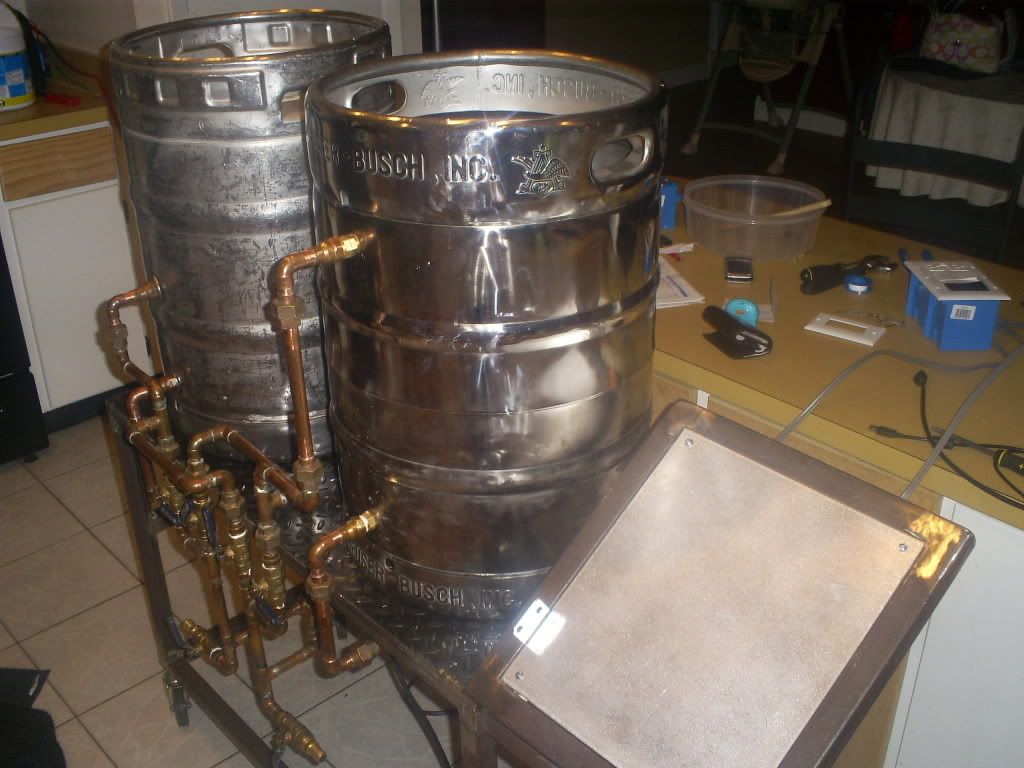
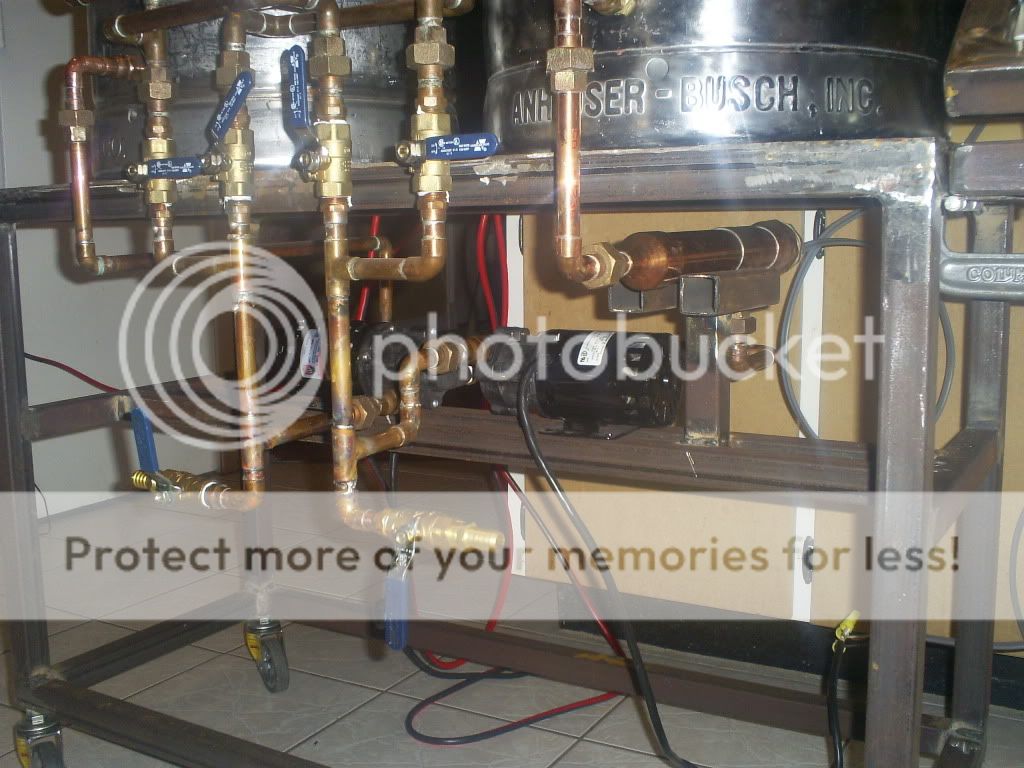
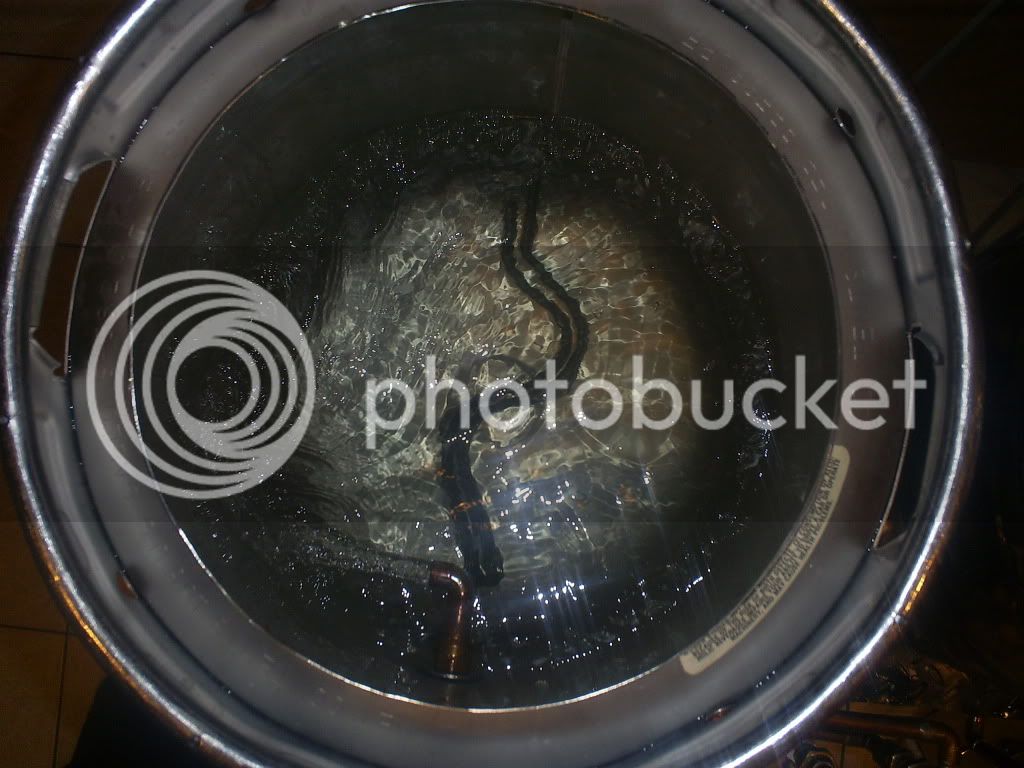
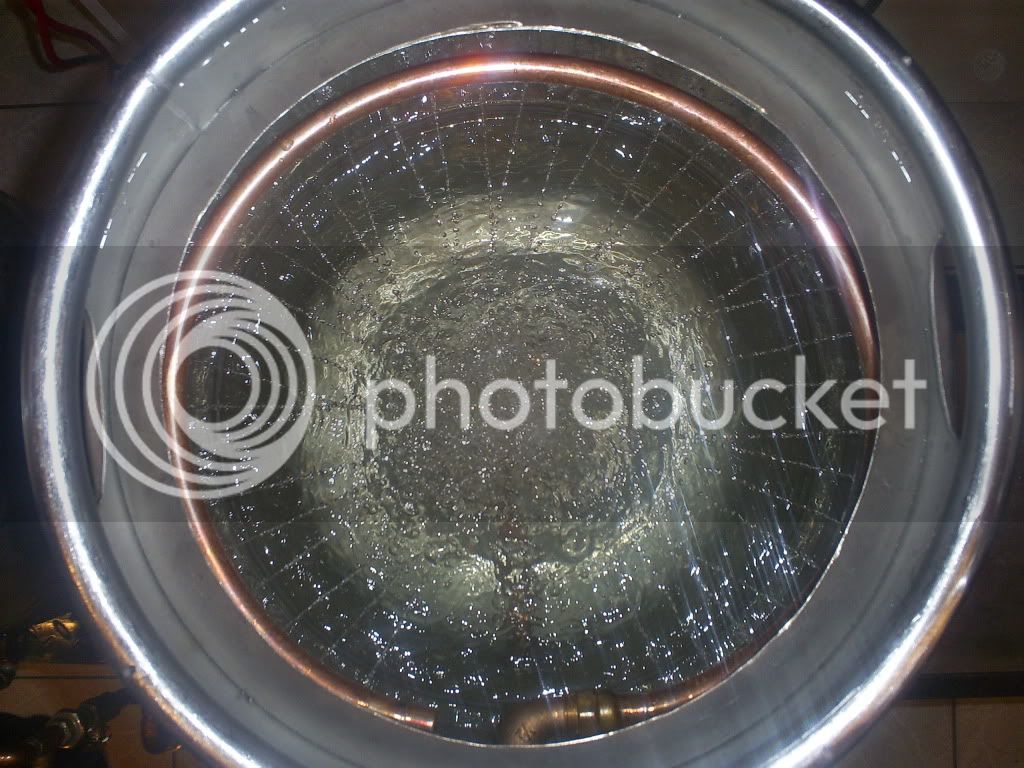
 .
. 